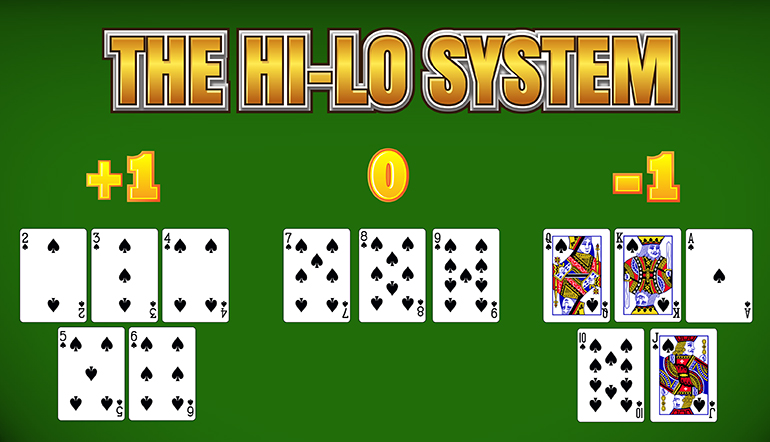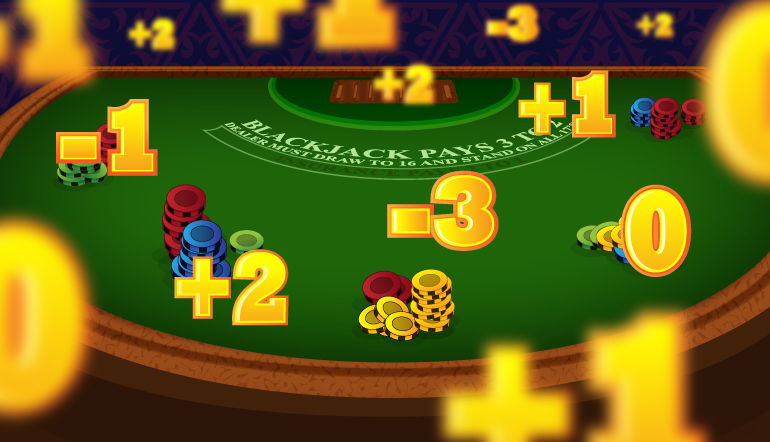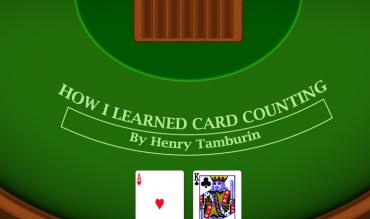In the previous article in this series about my personal experiences with blackjack, I explained how I first learned how to play blackjack, and how I mastered the basic strategy (circa 1969). In this second article, I’ll explain how I decided to become a card counter and how I learned to count.
In one of my classes at the University of Maryland, our professor gave us a “statistics and probability” project. We had to make an oral presentation to our classmates on any game we chose, what the rules were for the game, what the odds were for winning, and what, if any, were the best strategies for playing this game. I vaguely recollect some of my classmates choosing games like bingo and chess but I chose blackjack instead.
My presentation shocked the professor (and my classmates) when I explained that the game of blackjack could be beaten by using an optimal strategy for playing your hands, and increasing your bets only when the advantage shifted in your favor using a technique known as card counting. In preparing for this presentation, I read several books that explained card counting in detail. Buoyed by the knowledge I had acquired about card counting and how it could give the player the edge over the casino, I made the decision to become an advantage player.
But reading about card counting doesn’t make you successful at it. Learning how to track the cards accurately in a casino requires a lot of practice. However, I was determined to become a skillful card counter and with the help of my wife, Linda, I began the journey.

Based on all the information I had gleaned from the books, I decided to master the Hi-Lo card counting system. I began to learn the mechanics of card counting with a deck of playing cards. I would turn over each card one at a time while mentally keeping the running count. I knew if I counted all 52 cards accurately, my final count should be zero.
I kept practicing at a relatively slow pace until I could accurately and consistently count down a deck of cards. Next, I focused on counting down a deck as fast as possible. Linda would time me using the second hand on her watch and record how long it took me to count down the deck. After several weeks of repeating this exercise, I remember I was able to consistently do this drill in 25 seconds without making any mistakes.
I vividly remember my first attempt at card counting in Las Vegas. I was doing fine until the dealer started making small talk with me; then a cocktail waitress stopped at our table and asked me if I wanted a drink. While all this was going on, there was music coming from a band located somewhere in the casino that was rather loud. These playing conditions were not the same as my kitchen table, and with all these distractions, I wasn’t able to keep track of the count. The trip turned out to be a disaster.
When we arrived home, I told Linda we had to go to Plan B for practicing card counting. She said, “What is Plan B?” I told her we would go back to practicing card counting only with the radio or TV on, and she would be making small talk while I played and counted, much like casino dealers had done in Vegas. It took me a while to learn to keep the count under these conditions but I finally was able to do it. Needless to say, our next trips to Vegas were much more successful (and profitable).

As the years went by, my expertise in blackjack began to increase. I learned how to calculate the true count when playing in multi-deck games, and how to vary my playing strategy based on the true count. (I mastered the latter by making flash cards that had the hand on one side along with the dealer’s upcard, and on the other side I listed the index number for deviating from basic strategy. Linda used to flash those 30 or so index cards to me one at a time until I mastered all the index numbers.)
At this point in my life I was living in New Jersey and working as a chemist for a large international chemical company. Linda and I made several trips to Las Vegas every year to play blackjack, and on virtually each trip we came home with a profit, and our bankroll started growing. Then, in 1978, the first casino opened in Atlantic City, a mere 45-minute drive from my house.
You’ll find more tips on how you can learn card counting in Chapter 10 of my Ultimate Blackjack Strategy Guide.
